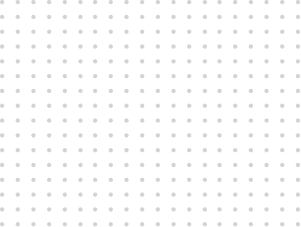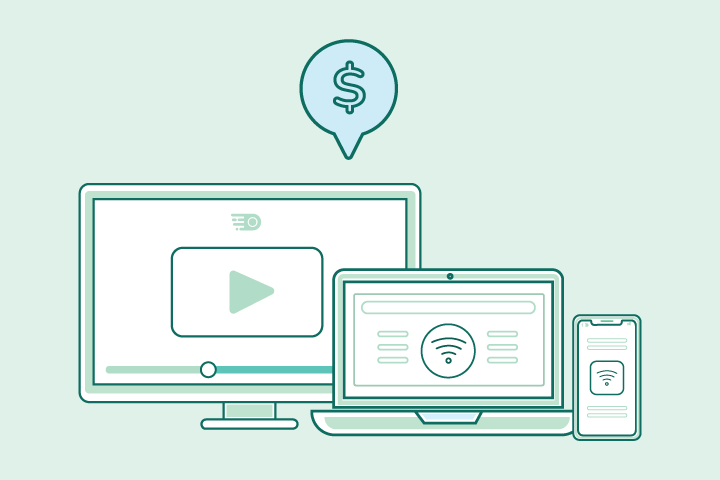- Internetchevron_right
- TV & Streamingchevron_right
- Providerschevron_right
- Resourceschevron_right
- GIVE OUR EXPERTS A CALLcall833-481-4463
We've Helped Over 1 Million Users Find the Best Internet Options
Table of Contents
35,000+ Localized Results
Personalized by Address
Compare Providers In Your Area
Helpful Tools
We’ve examined all nationwide providers, comparing factors like speed, features, and pricing to give you an idea of what’s out there. Use these recommendations to find the best ISPs available near you.
From hidden fees to limited internet availability by address, finding the right WiFi and internet plan can feel overwhelming. That’s why our experts compare internet providers by address, reviewing availability, speed, pricing, and satisfaction ratings — so you can quickly see what internet is available at your home.
| Provider | Starting Price | Max Download Speed | Find Internet |
|---|---|---|---|
| EarthLink | $49.95/mo. – $59.95/mo. | 5 Gbps | Check in My Area |
| AT&T | $60/mo. – $80/mo. | 5000 Mbps | Check in My Area |
| CenturyLink | $50/mo. – $75/mo. | 940 Mbps | Check in My Area |
| Xfinity | $40/mo. – $100/mo. | 2,000 Mbps | Check in My Area |
| HughesNet | $44.99/mo. | 25 Mbps | Check in My Area |
| Viasat | $64.99/mo. – $169.99/mo. | 25 Mbps – 150 Mbps | Check in My Area |
| Spectrum | $30/mo. – $90/mo. | 1000 Mbps | Check in My Area |
| Starlink | $120/mo.* | 200 Mbps | Check in My Area |
| Provider | EarthLink |
|---|---|
| Starting Price | $49.95/mo. – $59.95/mo. |
| Max Download Speed | 5 Gbps |
| Check in My Area | |
| Provider | AT&T |
| Starting Price | $60/mo. – $80/mo. |
| Max Download Speed | 5000 Mbps |
| Check in My Area | |
| Provider | CenturyLink |
| Starting Price | $50/mo. – $75/mo. |
| Max Download Speed | 940 Mbps |
| Check in My Area | |
| Provider | Xfinity |
| Starting Price | $40/mo. – $100/mo. |
| Max Download Speed | 2,000 Mbps |
| Check in My Area | |
| Provider | HughesNet |
| Starting Price | $44.99/mo. |
| Max Download Speed | 25 Mbps |
| Check in My Area | |
| Provider | Viasat |
| Starting Price | $64.99/mo. – $169.99/mo. |
| Max Download Speed | 25 Mbps – 150 Mbps |
| Check in My Area | |
| Provider | Spectrum |
| Starting Price | $30/mo. – $90/mo. |
| Max Download Speed | 1000 Mbps |
| Check in My Area | |
| Provider | Starlink |
| Starting Price | $120/mo.* |
| Max Download Speed | 200 Mbps |
| Check in My Area | |
Pricing, speeds, offers, and availability vary by service address and are subject to change at any time. Additional fees, taxes, and terms may apply. As of 2/22/22.


When choosing an internet plan, don’t pay for more than you need. Use our Speed Calculator to determine what the recommended internet speed for your lifestyle is and go from there.
Your internet options really come down to where you live. Use our zip search tool to find out what internet service providers and connection types are available near you to save both time and money.
A lot goes into your monthly internet bill. From equipment rentals to data overages, almost all providers charge extra fees. Be sure to read the fine print and compare all options before signing on the dotted line.
Providers regularly offer internet deals to new customers to help save them money at the start. You may be able to snag a discounted rate, a reward card, and more if you know to look.
Our Resource Center is filled with expert advice and information to help you navigate all things internet-related. Access our in-depth guides, blogs, and more to maximize your home internet.
We do not provide internet services ourselves. Instead, we connect you to available providers near you who can get you set up. Whether you need WiFi for work, school, or entertainment purposes, we can help you find an internet provider that meets your needs and budget.
Home internet service refers to the broadband connection you use at your residence for online activities like streaming, working, or gaming. Choosing the right one depends on your location, usage needs, and available providers. Use our zip code tool to compare plans from top providers.
We use your zip code to determine which internet service provider(s) are available near you. After we match you with the right providers from our database, your zip code is wiped from our search tool.
Use our Speed Calculator to gauge how much internet speed you actually need. It’ll ask questions about your lifestyle and internet habits to help determine the right plan for you.
Internet typically costs between $20 – $100 depending on the plan you select. This may include not only your service but other internet fees like equipment rentals or data overages. Check with your provider and compare plans before signing up.